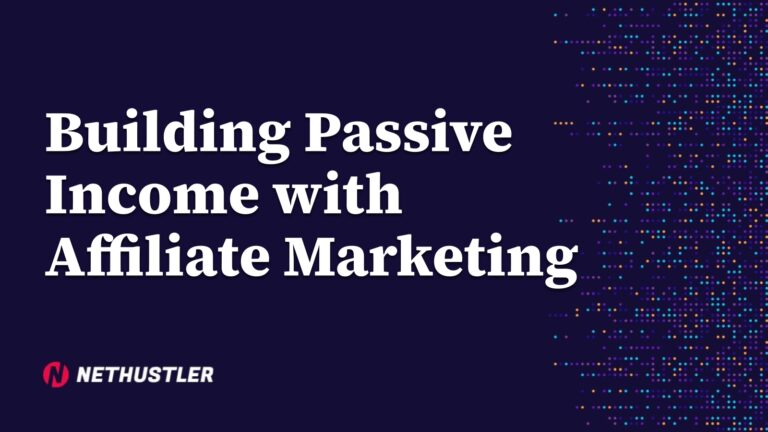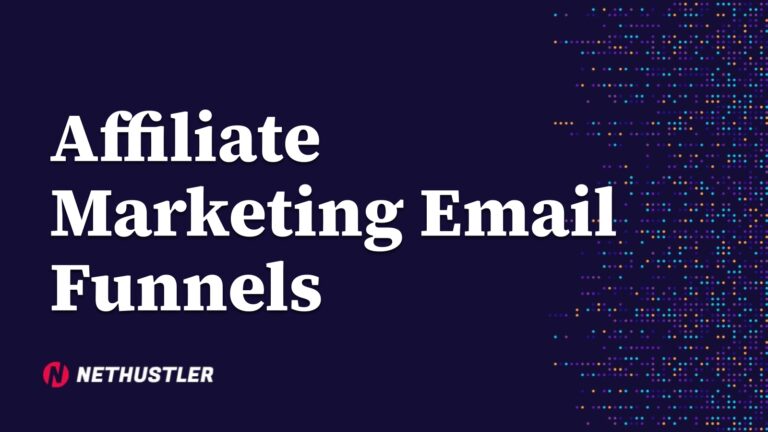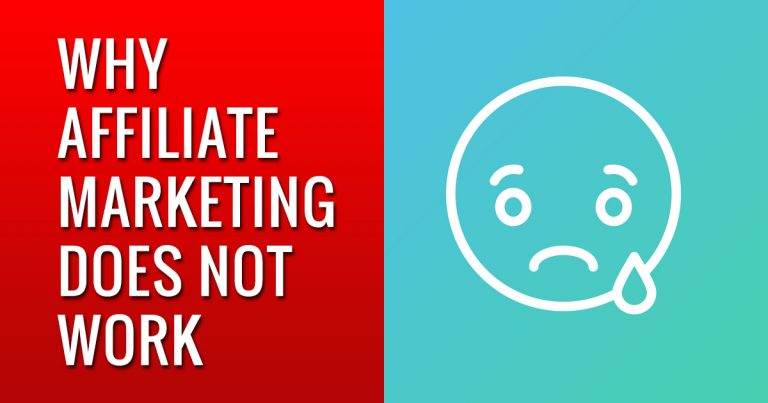Creating Content for Affiliate Marketing Success

Ever catch your cat staring at a blank wall? Yeah… me too. No clue what they’re looking at. But honestly, it reminds me of how most people approach affiliate marketing, chasing something that isn’t even there.
Everyone’s so focused on “creating content,” thinking that’s the magic key. Spoiler: it’s not.
I know you came here looking for help making content that actually works. And truthfully? I’m over all the same copy-paste advice.
“Write a 2,000-word article!”
“Use LSI keywords!”
“Build backlinks!”
Come on. That’s like giving someone a wrench and expecting them to build a Ferrari. It’s not helpful, and it’s not working.
I’ll admit it, I’ve shared some of that same advice before, like “write a 2,000-word article” in a few of my affiliate marketing posts.
But here’s the thing: the real difference is how you write them. It’s not just about hitting a word count. It’s about making the content all about the reader, their needs, their problems, and what actually helps them.
Here’s the truth: if you want affiliate marketing to actually work, stop obsessing over the content… and start solving real problems.
The Mindset Shift You Actually Need

This is the whole game. Seriously.
Everyone is so obsessed with the product. The commission. The sale. They grab their affiliate link and just start screaming about it into the void.
“BUY THIS AMAZING THING! IT HAS 10 FEATURES AND IT’S THE BEST!”
smh. Nobody cares.
Literally no one woke up this morning wanting to buy your affiliate product. They woke up with a problem. A frustration. A pain in their neck that they want GONE.
Your job isn’t to be a salesperson. Your job is to be the friend who has the Advil.
You don’t sell a hammer. You sell the beautiful picture frame hanging perfectly on the wall. You sell the solution, the end result. The tool is just the thing that gets them there. This is the part everyone screws up. They start with the tool instead of the problem. Its backwards.
Nailing the Review Post (Without Being a Shill)
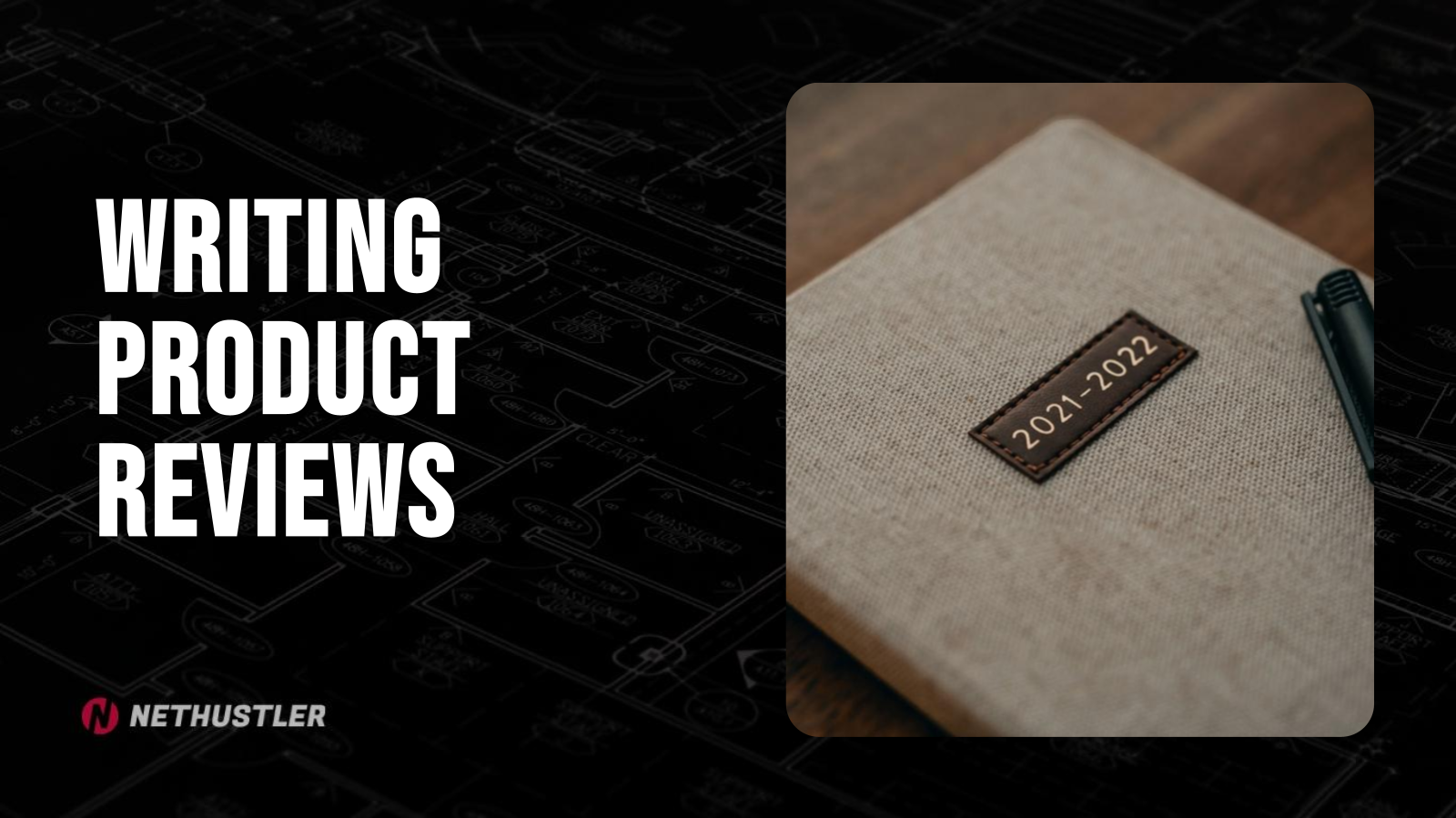
Okay, so review posts. The bread and butter of affiliate sites, right? And most of them are unreadable trash. They’re just glorified sales pages written by someone who probably never even touched the product.
This drives me nuts.
You can’t just list the features from the product’s homepage. I mean you can but you won’t make any money. So dont.
Here’s a template. Kinda. Don’t follow it like a robot, use your brain.
Step 1: The Hook & The Problem:
Don’t start with “This is my review of Product X.” BORING. Start with the pain. “Is your back killing you from sitting in that garbage office chair all day? I’ve been there, and for 3 years I thought it was normal.” See? Relatable.
Step 2: My REAL Experience:
Talk about using the thing. What was the unboxing like? Was it a pain to set up? What was the first thing you noticed? Be brutally honest. “Honestly, the instructions were a joke and I almost threw it out the window. But once I got it working…” That’s real. That builds trust.
Step 3: The Good, The Bad, The Ugly:
What did you actually love about it? And more importantly… what did you HATE? What’s a major flaw? I saw a guy on a Reddit thread (prolly r/juststart or something) who said his review post blew up because he was the only one to mention a huge software bug that everyone else ignored. That’s the gold right there.
Step 4: Who is this ACTUALLY for?
Be a gatekeeper. “Look, if you’re a pro video editor, this ain’t it. This is for YouTubers on a budget. If you need 4k multi-cam editing, go buy [More Expensive Product] instead.” Recommending OTHER products, even ones you’re not an affiliate for, is a power move. It shows you care more about the reader than the commission.
Step 5: The Verdict:
No “Click here to buy now!”. Just give your honest-to-goodness final thought. “So yeah, despite the annoying setup, this thing solved my back pain. For me, it was 100% worth it.”
It ain’t rocket science. It’s just being a real person. This is how you start writing good content that people actually wanna read.
The Comparison Post – The Ultimate Decision-Maker

Comparison posts are straight-up money printers. Why? Because the person reading it is already holding their wallet. They’ve already decided they need a solution, they just don’t know WHICH solution.
Your job is to be the expert friend who helps them decide between Product A and Product B.
But most people do this wrong too. They just create two columns and list features. That’s not helpful. I mean, it’s a start, but it’s lazy.
Here’s how to do it right:
First, frame it like a battle. “Mailchimp vs ConvertKit: The Ultimate Email Marketing Showdown.“
Something that creates a little drama.
Then, do a quick summary table at the top for the skimmers. You know, Feature, Winner, Price, etc. Easy stuff. But then you gotta do the deep dive. And this is where you make your money.
Don’t just say “Product A has this feature, Product B has that one.”
No.
Explain the implication. “Yeah, Product A has 50 more email templates. But honestly? They look like they were designed in 1998. Product B only has 10, but they’re clean, modern, and will actually make you look professional.”
See the difference?
You go category by category, Price, Features, Ease of Use, Support, and you give your honest take on who wins EACH category and WHY.
And at the end, you have to pick a winner. Don’t wimp out and say “they’re both great!”.
That helps no one.
Be decisive. “For 90% of you reading this, bloggers, course creators, small businesses, ConvertKit is the clear winner. BUT, if you run an e-commerce store and need deep Shopify integration, Mailchimp is probably the better bet for you.”
Context is EVERYTHING.
These posts can get long, and that’s okay. When it comes to buyer-intent keywords, this is one of those times where long-form content almost always wins.
The Tutorial / “How-To” Post – The Sneaky Sell
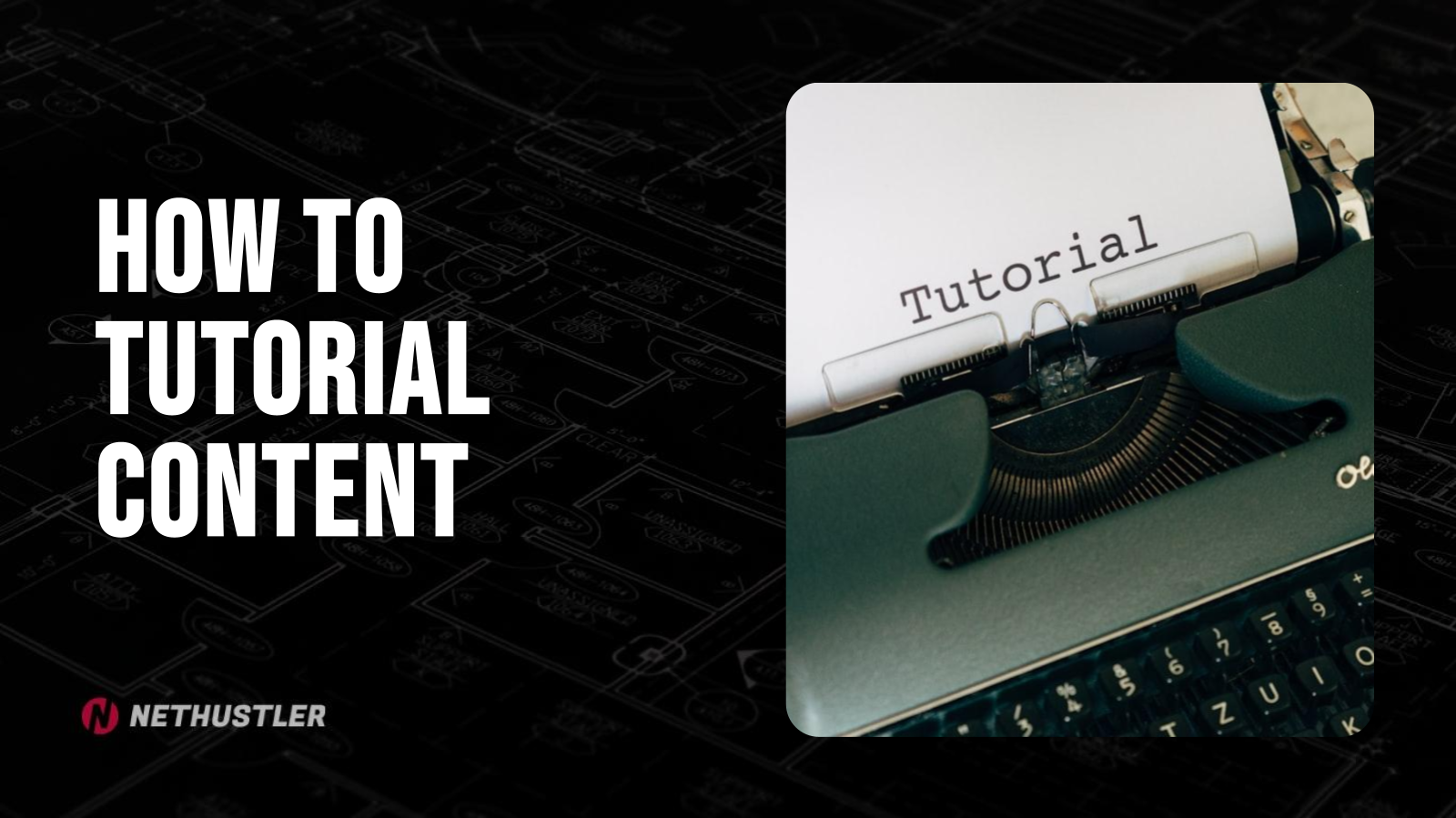
Okay, this is my favorite type of affiliate content. Lowkey the most powerful.
Why?
Because you’re not selling ANYTHING. You’re teaching. You’re solving a very specific, painful problem with a step-by-step guide.
This is where you build insane trust.
The affiliate product isn’t the star of the show. It’s just a tool you need to complete one of the steps. It’s the most natural, non-slimy way to get a click.
Here’s the framework:
The Problem: Start with a super-specific pain point. Not “How to make your website faster.” Too broad. Go with “How to Fix the ‘Defer Parsing of JavaScript’ Warning in WordPress.” Ahhh, much better. Anyone searching for that is in PAIN.
The Step-by-Step Guide: Walk them through it like they’re 5. Use screenshots. Use bold text. Make it impossible to mess up. This is where you focus on making genuinely engaging content by being insanely helpful.
The Natural Product Placement: At some point in your tutorial, you’ll get to a step that requires a tool. “Okay, for this next part, we need to optimize our images. You can do it manually, which takes forever and is a huge pain… or you can use a plugin like ShortPixel. It’s what I use. It costs a few bucks a month and literally does it for you with one click. Totally worth it imo. You can grab it here.”
Boom.
You just solved their problem AND seamlessly recommended a tool that helps them do it faster and better. It’s not a sales pitch; it’s a genuine recommendation inside a helpful guide. I read a comment on some marketing forum once, the guy said “I make 80% of my affiliate income from a single ‘how-to’ post I wrote 4 years ago.”
That’s the power of this stuff. It just works.
Stop Thinking About Content. Start Thinking About Problems.
That’s the real shift.
You’re not a writer. You’re not a salesperson. You’re a problem-solver who just happens to get paid when the right tool solves the pain.
Be the helpful, slightly annoyed friend who just wants people to stop doing dumb stuff and get real results.
That’s who people listen to. That’s who they trust. And trust is what gets the click.
FAQ for the People in the Back
How long should my affiliate articles be?
I hate this question. It should be as long as it needs to be and not a word more. A review of a simple product might be 800 words. A massive “how to start a blog” guide could be 5,000 words. Stop obsessing over word count and start obsessing over being helpful. If you really want to go down that rabbit hole, I wrote about short vs long form content here.
Can I just use AI to write my affiliate content?
Yeah. But don’t expect it to work unless you feed it great prompts, clear context, and your own voice. If it reads like a robot, people will treat it like junk. Use AI to assist, not to replace your brain. Check out these 20+ Gemini prompts for affiliate marketing.
How many affiliate links are too many?
If you’re wondering that, you’re probably overdoing it.
Be selective. Link where it makes sense. Don’t link every mention. It’s desperate and looks spammy. Just be cool, like Bruce Lee.
Stay hustlin’,
Stephen

